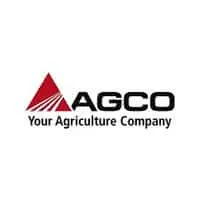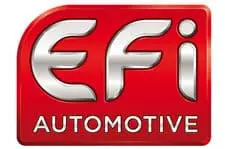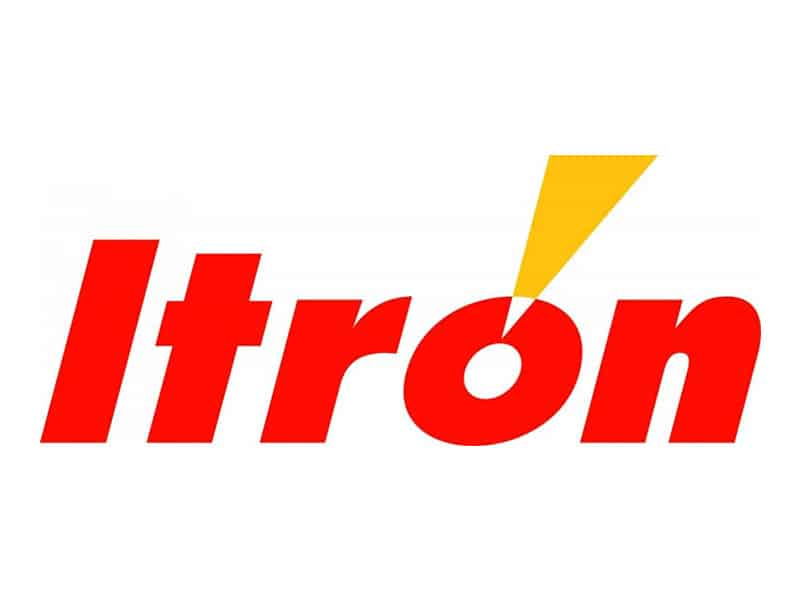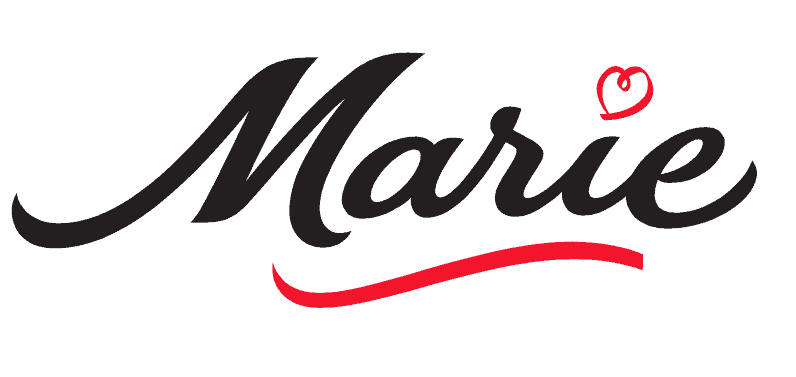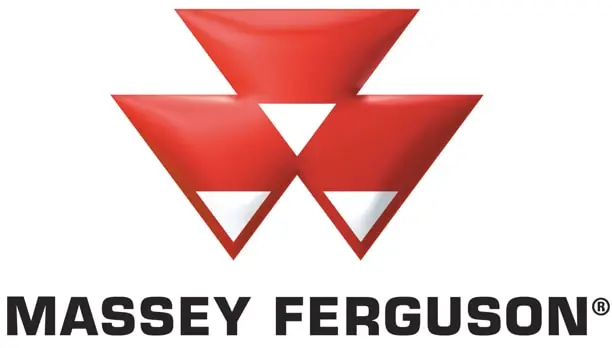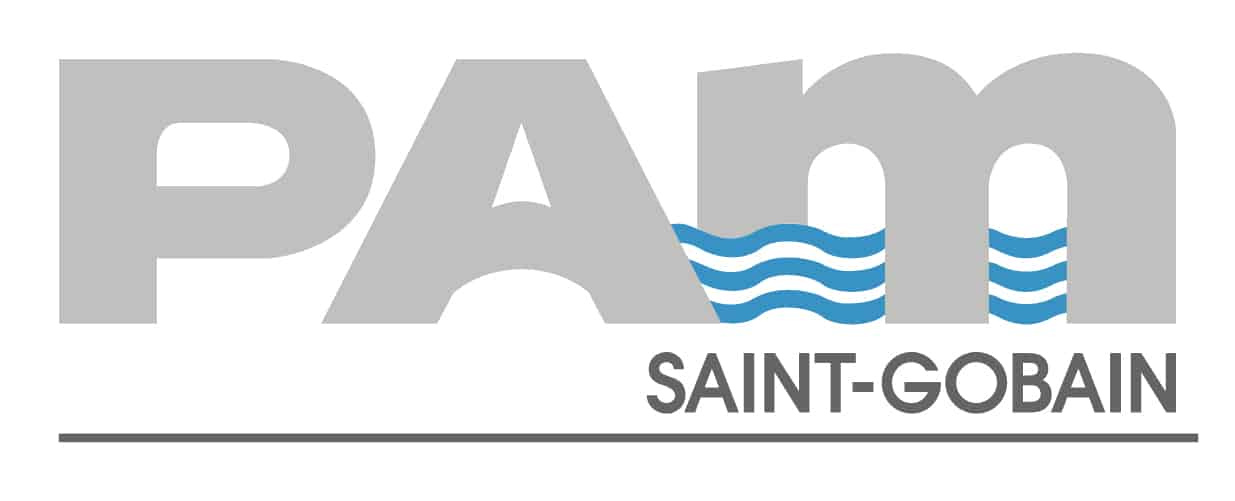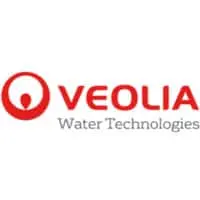VALUE ANALYSIS
Value Analysis is a method of designing products and services that aims to satisfy real needs while optimising the costs and resources involved.
It was born in the United States during the Second World War when, in order to overcome material shortages, it was necessary to return to function to open up the field of possible solutions. It was then adopted by the Japanese industry, before inviting itself in Europe.
Since then, Value Analysis has evolved to meet the needs of modern companies for speed and efficiency.
It remains a key tool in competitiveness and innovation initiatives, which cross-references costs and needs to detect priority areas for optimisation.
Value Analysis is at the heart of meeting needs at the best cost.
It mobilises the project’s stakeholders to maximise its profitability:
![]() Control of deadlines
Control of deadlines
![]() Control of investments
Control of investments
![]() Increase of VALUE:
Increase of VALUE:
- Attractive product: Increase in quantities sold
- Competitive cost: Increased margin

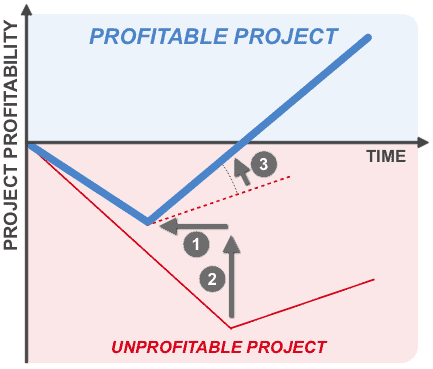
The days of tedious Value Analysis are over!
For too long, Value Analysis has suffered from the cumbersome nature of its implementation, by theoreticians who are certainly passionate but too far removed from the reality of projects.
We are then subjected to a fastidious rigorism, the expression of a plethora of functions, the endless inventory of detailed requirements, the interminable succession of weightings and hierarchies, the excessive piling up of formal tools… (horned beast and diagram blocks, Fast, Moscow…). Some youtube videos are edifying in this respect!
A potential client once said to us: “Value Analysis? We call it the suitcase of woes”.
(in french : Analyse de la Valeur / Valise des malheurs)
We also heard a car manufacturer’s Value Analysis specialists debate at length whether the function of the tailgate was to close off access to the boot or to open up a space in the bodywork (which is reminiscent of a chicken and egg story).
Among the profound errors also made by Value Analysis purists is the detailed costing of all functions. This results in a lengthy breakdown of costs for too many functions, including ‘technical’ functions, which are purely internal to the system and therefore typically questionable…
A radically simplified approach
Modern Value Analysis has taken the right shortcuts to get to the point:
Very concrete and pragmatic, it is based on the prior questioning of Customer Value and focuses very early on the key requirements and their cost of achievement.
Simple and visual tools
For us, Value Analysis is a formidable detection tool, the powerful indicator of the diagnostic phase of any competitiveness approach.
By crossing and needs, it identifies major simplification and cost reduction potentials very early in the project:![]() Estimation of achievable target costs to assess the prospects for profitability of the project
Estimation of achievable target costs to assess the prospects for profitability of the project![]() Bottom cost of “nice to have” requirements to inform specification arbitration
Bottom cost of “nice to have” requirements to inform specification arbitration![]() Mapping of questionable costs to effectively guide the research and choice of solutions
Mapping of questionable costs to effectively guide the research and choice of solutions
Value Analysis takes an uncompromising look at the subject under study and explores all the economic levers.
It thus opens the way to innovative research to imagine new concepts, architectures, solutions, technologies, materials, processes, logistic circuits, services…
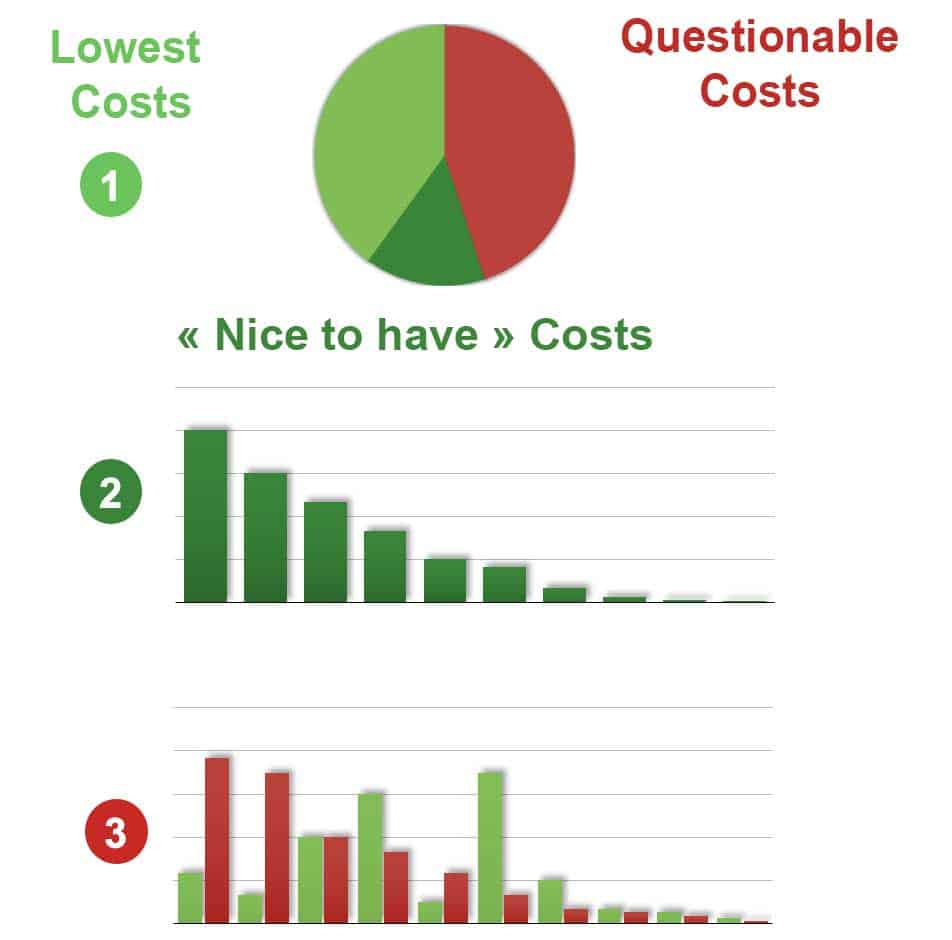
Wide range of applications
Value Analysis applies to both initial design and redesign and is relevant to all sectors of activity.
It is often applied to large, medium or small series of products, but can also be applied to single installations, services, processes or organisations.
It can also concern any resource to be optimised: masses, durations, etc.
Spectacular contributions
The economic gains achieved are often very high and go far beyond what the participants imagined, without sacrificing perceived value.
Value Analysis makes teamwork work effectively in a spirit of openness and decompartmentalisation.
Carried out with simplicity and pragmatism, it obtains the support of the teams and gives a lasting impetus to change in the company.

So… Value analysis, Design to Cost or to Value?
For us, Value Analysis is the essence of any competitiveness approach: it is the key tool that crosses costs and needs.
Logically, Design to Cost is when achieving an aggressive target cost is the primary imperative.
Design to Value is used when the priority is clearly to address or imagine new needs.
In reality, projects are most often both “to Cost” and “to Value” and for us, Design to Cost and Value is the global approach that allows us achieve all the objectives of competitiveness and innovation.
YOU HAVE A PROJECT?




